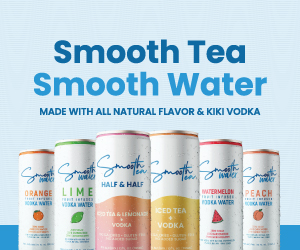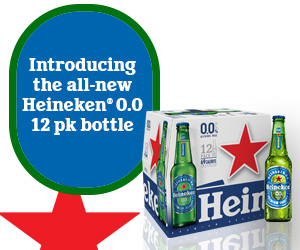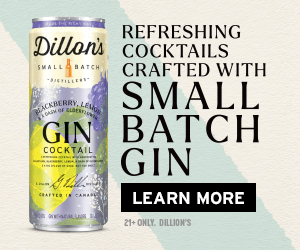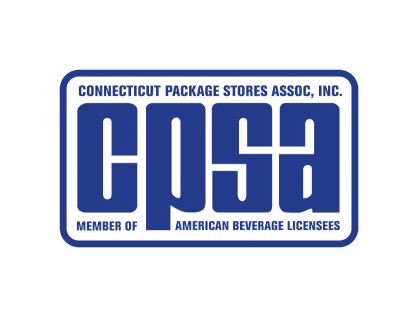

Sean Hughes, Account Director, Connecticut Package Stores Association.
By Sean Hughes
For decades, the Connecticut General Assembly has debated the controversial proposal to allow grocery stores to sell wine. However, recent years have seen an increased push for this change, likely driven by mounting pressure from advocates. This contentious issue has sparked comprehensive public hearings, with individuals on both sides of the debate passionately expressing their views.
A particularly thought-provoking question posed to grocery store representatives during one of these hearings was about their most profitable item and, if it was just one of three, how they would react if this product were suddenly available at hundreds of other locations. It was a fair question when considering the disparate business structures of package stores and grocery stores. While the vital role grocery stores play in providing society with essential food supplies may have once shielded them from scrutiny, recent events have elicited a closer inspection of their business practices.
While shopping habits vary, most people go to the grocery store at least once per week. Some may go more frequently, as many grocery stores offer an increasing number of items and services, including pet food and supplies and prescriptions through pharmacies located in-store. Many might assume that grocery stores are highly profitable due to their extensive product offerings, but the reality is quite different.
Peter Zaleski, an economics professor at Villanova University, explained in a recent marketplace.org article that the profit margin for grocery stores typically ranges from 1% to 3% annually. Despite low margins, the model is sustainable due to the consistent nature of necessary grocery store purchases. Most grocery store chains also sell their own private-label products, pricing them just below major brands to drive sales, which yield higher profit margins than sales of national brand items.
Some grocery stores have also begun customizing their offerings and layouts based on their location. For example, stores in rural areas will sell larger items, as customers are more likely to be traveling in their own vehicle and will have space to transport bulkier items. Customers in more densely populated areas and cities might depend on public transportation, creating demand for smaller packaged items that can be carried by hand for longer distances.
According to blogger Jeff Campbell, who worked as a manager at Whole Foods for two decades, the profit margin for a grocery store can also vary depending on its specific characteristics. Traditional grocery stores generally have lower profit margins, while specialty stores, such as natural or organic food stores, may have higher margins of 5% to 10% annually due to factors like unique offerings, limited competition and the demographics of their customer base.
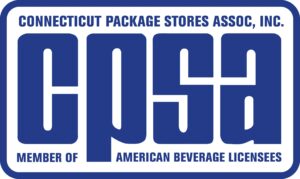 While grocery stores may report lower profit margins than other industries, it’s important to remember that they continue to provide essential services and products that consumers rely on. Factors like investor expectations, evolving customer needs and the complex operations of large-scale grocery chains can influence how these services are offered and priced. As we’ve seen in the debate over wine sales, grocery stores often face pressure that can lead to decisions that may not always align with the best interests of consumers, their employees and the local community.
While grocery stores may report lower profit margins than other industries, it’s important to remember that they continue to provide essential services and products that consumers rely on. Factors like investor expectations, evolving customer needs and the complex operations of large-scale grocery chains can influence how these services are offered and priced. As we’ve seen in the debate over wine sales, grocery stores often face pressure that can lead to decisions that may not always align with the best interests of consumers, their employees and the local community.
Package stores in Connecticut primarily sell three products: beer, wine and liquor. These items, while frequently purchased, are not essential groceries. If grocery stores, upon which customers rely for essential goods, were to sell wine, it could potentially drive local package stores out of business. If this were to occur, the future of the currently extensive selection of diverse, quality wines available to casual consumers and wine enthusiasts alike could become as watered down and overpriced as current offerings often found in chain grocery stores.
As the debate over wine sales in grocery stores continues, it is important to consider the broader context of the grocery industry and the vital needs of consumers, many of whom are just seeking better prices and customer service for essential items. If you have questions on industry issues, contact us. The Connecticut Package Stores Association is committed to mitigating negative impacts as much as we can and communicating to you how our industry could change.
Find out more about any of these issues and the benefits of membership at ctpsa.com.



